Countless hours spent writing turned into the challenges of pre-production, which led to the mad speed marathon that is production, and now, finally, your footage sits in a hard drive, waiting, in fact begging, to be put together. You’re ready to edit. On its surface editing may seem like simply shuffling the puzzle pieces into the picture that you saw in your mind’s eye when you first sat down to write. But editing is far more complicated, because it’s in the edit that your movie’s tone, pace, and emotion is cemented.
Where does the edit begin?
The first step is syncing the footage. This means that an assistant editor (or you, should you be so lucky) will go through every video file and every sound file and match them up using the clapboard. When the “sticks” hit, you hear the “CLICK.” By the time the official editor on the project sits down, all of the footage should be synced and organized. In the case of The Storyteller, Director Joe Crump brought in numerous assistants to help sync the dailies.
They went through and they were ahead of me as I was editing… and they synced all the different microphones. There would be some places where we would have three or four microphones and they would sync all of them up so it would make it easier for us to work with. – Joe Crump, Director of The Storyteller
The plan helps the edit
Mad Max: Fury Road is a film that’s been mentioned several times during this series. Not only because it’s one of the best movies to come out of Hollywood in the last 20 years, but because it’s that rare combination of technical achievement mixed with fantastic storytelling. In the below clip you can hear Director of Photography John Seale discuss how his filming of every shot ultimately helped the edit and thus allowed the audience to have a smooth, albeit heart pounding, storytelling experience.
Mad Max wasn’t the only film with a plan. Director Joe Crump made sure he was well prepared when it came time to shoot The Storyteller.
I had a very extensive shot list. It was combined with the script and some maps that I drew. It was about 350 pages long and I broke it up into binders for each location. So each location had its own binder. - Joe Crump, Director of The Storyteller
Writer, Director and Editor
For Director Joe Crump there was no question that he would be the primary editor on The Storyteller. Joe is in very good company with this approach – James Cameron, Robert Rodriguez, Steven Soderbergh, and many more have all edited – or been an editor on – their own films. (Although some credit themselves with a pseudonym). And like most of these Director/Editors, he brought in a co-editor, his daughter Katie.
Katie was sitting at my side the entire time. She edited sometimes and I edited sometimes so it was a co-production. Joe Crump, Director of The Storyteller
The Storyteller was edited using the Adobe Suite on Joe’s PC. What’s interesting is that he was able to send an EDL to the Special Effects Editor who would then work on a MAC. This was all done using Google Drive (password protected of course). Additionally, Vimeo Pro was used to share cuts of the films for friends/family.
Now, if you’re reading this and thinking: “I can’t edit. I wouldn’t know where to begin. Do I have to know Avid, Premiere Pro, Final Cut? I don’t even know what those are!” My first piece of advice is to settle down; it’s okay. Choosing not to be the editor on your film doesn’t mean you’re walking away. Because let’s be clear: the Director is almost* always involved in the edit. Whether they’re there actually pushing the buttons doesn’t matter. Film is a Director’s medium and that holds true until the film is complete.
*The word almost was included because, yes, there are horror stories of directors being locked out of the editing room by the producers, or even producers forcing the director to change their edit. This is why we have several cuts of Blade Runner…
And speaking of having several people involved in the editing process – Director, do yourself a favor and screen the edit for the writer. Writers understand pacing and good writers put the story above their own vanity. They might be able to see what’s not working better than you do.
Editing is about solving problems, even brilliant ones.
Filmmaking (along with TV) has such a unique artistic journey. This is mostly due to the many forms your film inhabits before it’s completed. Think about it: Words turn into shots that turn into edits. At every one of these stages, you’re making artistic decisions. Artistic decisions that later on can cause you headaches. This doesn’t mean those decisions were wrong. On the contrary, I would argue that it’s this ironic and yet oddly appropriate, even comforting, fact that let’s you know you were doing something right.
Indeed, Director Joe Crump faced these challenges when editing.
We did a lot of longer takes and sometimes that put us up against a wall. I could have played it safer and just done coverage but I preferred to do something that was more interesting visually. So I took a chance and… there were some shots I hated but when I put them into the edit, I was happy with the way they turned out. Joe Crump, Director of The Storyteller
And Joe’s in good company…
Thelma Schoonmaker was Martin Scorsese’s editor before he was MARTIN SCORSESE. She edited his first film and has edited every one of his films since Raging Bull. In the below clip, Schoonmaker discusses the most difficult scene of her editing career. You might think it would be a violent scene from The Departed or maybe a grand scene from The Aviator but in fact it involves two brilliant actors improvising. Her challenge was taking all those brilliant moments and crafting a scene that highlights the energy of the performance while moving the story forward.
It’s Always About The Story
Unlike the writer who can shape, change or even completely restructure the story with the flick of his pen (or keyboard), and unlike the director who can change blocking or direct the actors during multiple different takes, an editor must work with the footage we’re given. Unless working on a multi-million dollar studio movie, reshoots are probably not an option. The footage and the script are our only raw materials.
Bringing those raw materials together in a creative way, that’s the final rewrite and what ultimately breathes life into the picture. An editor’s job is to make sure every moment hits. That the audience feels every emotion that the story conveys. It’s a kind of manipulation, really. We pick the best takes, the best shots. Put them together in a way that’ll make you cry or laugh. A great edit is when choice and timing come together to deliver emotion.
We’re always trying to find the perfect take, the perfect expression, and the perfect reaction shot. So much of the movie is about reaction shots and how people are feeling about what other people are saying. What people are saying is rarely what they actually mean. It’s a process of finding the pieces to tell the story – Joe Crump, Director of The Storyteller
Till next time, here’s a video highlighting some great editing moments on film. Have you seen all of them?


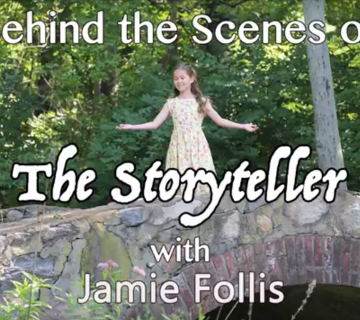
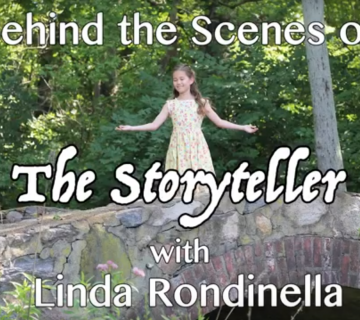

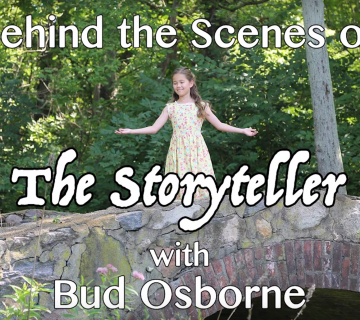
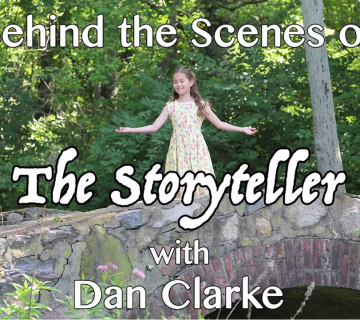
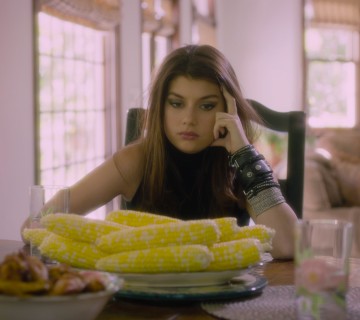

Join the Conversation →